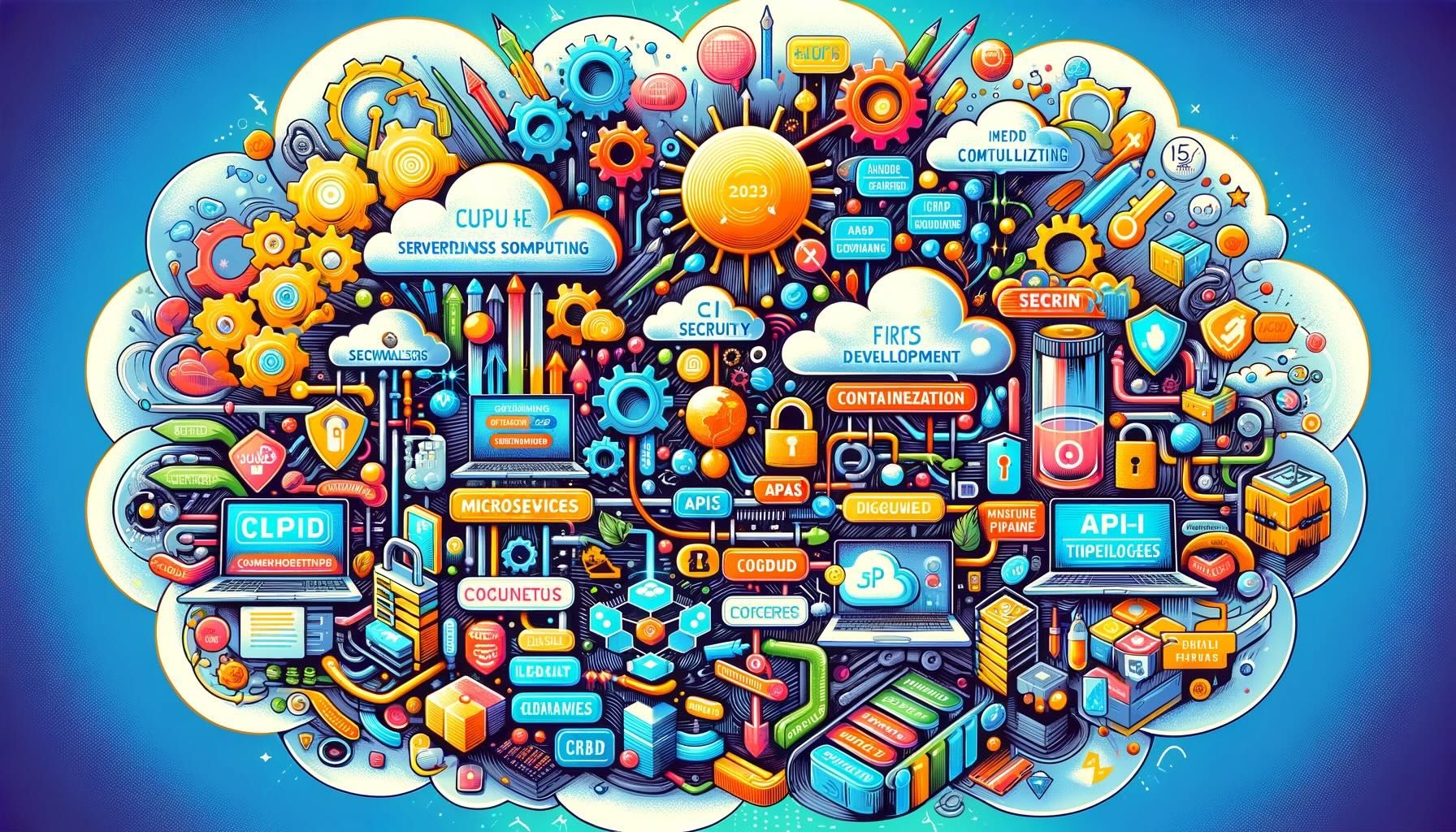Introduction
2023 is coming to an end, and it's the perfect time to chat about what modern backend development really is. In a nutshell, it's about building the powerhouse of apps and websites with the latest tech. We're talking about cool trends like microservices – tiny, independent units making your apps super flexible. There's also serverless computing, which is like having magic at your fingertips, handling all the server stuff so you don't have to. And APIs? They’re like secret tunnels that let different apps communicate. Plus, we’ve got the latest in Docker, Kubernetes, AI, and cloud-native development. It's not just about coding in Python, JavaScript, or Go, but also about the new frameworks that are changing the game. We’ll also dive into how DevOps and CI/CD can make life as a coder way smoother, and why keeping your data safe is more important than ever. This article is a fun, friendly guide to all that and more. It's for anyone curious about backend tech in 2023, and I promise it’s as exciting as it sounds!
If you're curious about what's happening in the world of backend development in 2023, you've come to the right place. Whether you're a seasoned developer or just dipping your toes into the backend pool, this article aims to shed some light on the latest trends and technologies shaping the backend scene in 2023. And don't worry, I'll keep the tech jargon to a minimum – promise!
The Rise of Serverless and FaaS
First up, let's talk about serverless computing and Function as a Service (FaaS). These are not just buzzwords; they're revolutionizing how we build and deploy applications. Imagine not having to worry about managing servers – sounds great, right? With serverless, you can focus more on coding and less on infrastructure. AWS Lambda and Google Cloud Functions are some cool examples to check out.
Containerization and Kubernetes
Containers, led by Docker, have been a game-changer, and Kubernetes has become the go-to for orchestrating these containers. It's like having a personal assistant to manage and scale your application seamlessly. If you haven't explored Kubernetes yet, 2023 might be the year to start.
Microservices Architecture
Gone are the days of bulky, monolithic applications. Microservices are in, allowing for modular and more manageable codebases. This approach lets teams update parts of an app without overhauling everything. It's like fixing a bike's flat tire without having to rebuild the whole bike.
API-First Development

APIs are the backbone of modern web applications. An API-first approach ensures that your application is flexible and ready for integration with other services or platforms. Think of it as building a universal remote control for your app – it can interact with just about anything.
DevOps and CI/CD
DevOps isn't new, but it's more important than ever. It bridges the gap between development and operations, leading to faster and more reliable software releases. Tools like Jenkins, GitLab CI, and GitHub Actions help automate the software deployment process, making life easier for developers.
The Power of Cloud-Native Technologies
Embracing cloud-native technologies means building and running applications that fully exploit the advantages of the cloud computing model. This approach is all about speed, scalability, and resilience. Think of cloud-native as building a house designed specifically for the location it's in, rather than a one-size-fits-all approach.
Security as a Priority
With great power comes great responsibility. As backend technologies evolve, so do the security threats. In 2023, it’s crucial to prioritize security in every aspect of backend development. This means regular security audits, staying updated with patches, and adopting practices like DevSecOps.
Conclusion
The backend world in 2023 is vibrant and evolving rapidly. Staying updated with these trends and technologies is key to building robust, efficient, and scalable applications. Remember, the best approach is the one that aligns with your project's needs and your team's expertise. Happy coding!
